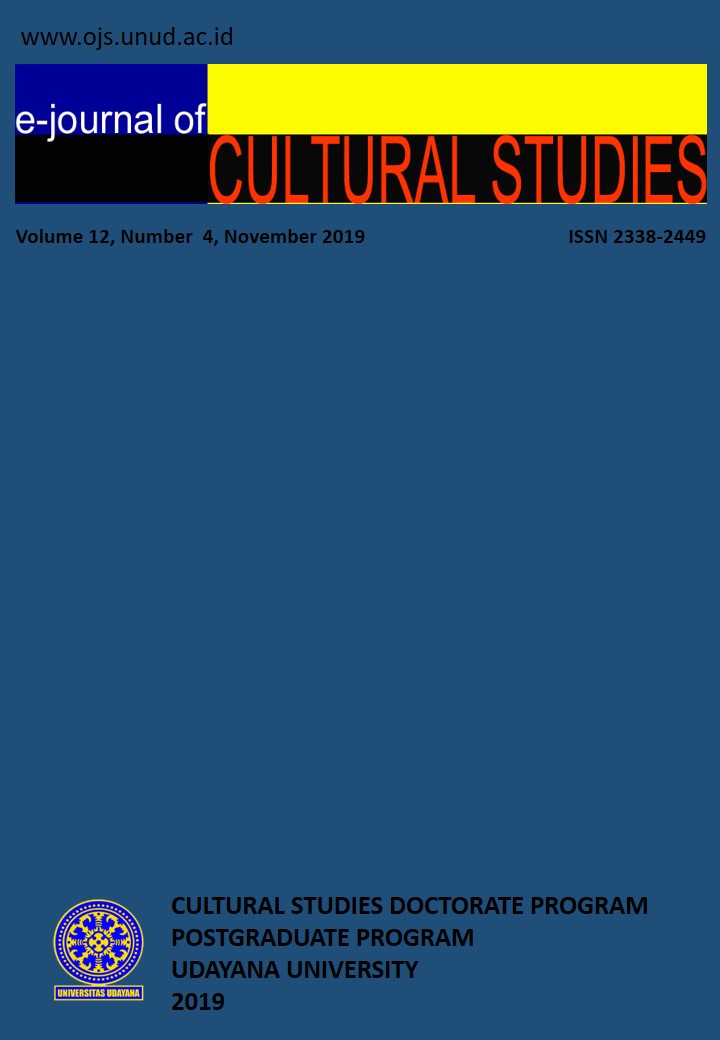SOCIAL CONFLICT AND ITS RESOLUTION IN THE BUGIS COMMUNITY IN SERANGAN ISLAND, DENPASAR CITY
Abstract
The Bugis community who lived and lived on the Island of Serangan in the City of Denpasar originated from South Sulawesi who migrated around the middle of the 17th century. The existence of this community shows its own uniqueness and dynamics in the historical, political, economic and cultural context so that it is interesting to study socially historically. The purpose of this study is 1) to understand the factors causing social conflicts in the Bugis community on Serangan Island; 2) understand the process and mechanism of conflict resolution in the Bugis community on Serangan Island, and 3) analyze the impact of the conflict on the lives of the Bugis community on Serangan Island. The research approach and analysis method is qualitative. Data collection techniques carried out by in-depth interviews, observation, and document analysis. Based on these methods, this study found that the factors causing conflict were land dispute and the rejection of the execution of the district court and Makamah Agung verdict by 36 families of Bugis residents who occupy the disputed land. Conflict resolution is done by means of mediation, negotiation and cohersiveness. In conclusion, the impact of conflict is positive and negative. However, negative impacts are more dominant than positive impacts, especially in the economic, environmental, and health problems in children of conflict victims' families.
Keywords, Bugis community, social conflict, resolution, conflict impact







